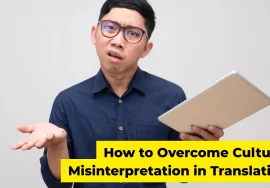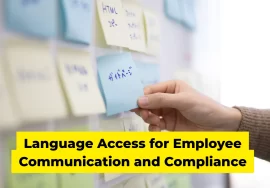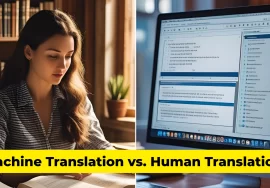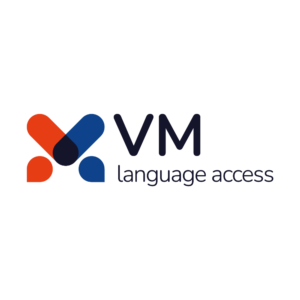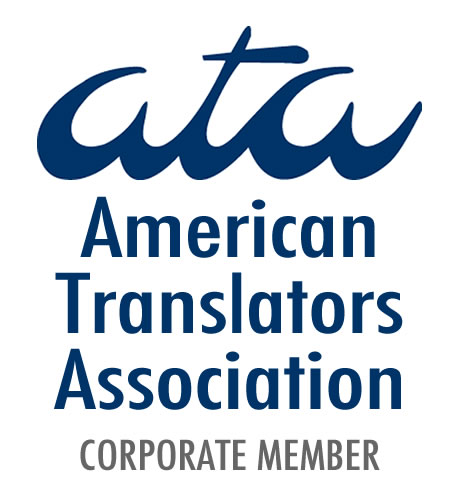
Bidirectional Languages
Understanding the Significance of Bidirectional Languages
Bidirectional languages play a pivotal role in global communication, facilitating interactions between speakers of different linguistic backgrounds. In this article, we delve into the intricacies of bidirectional languages and their impact on translation practices. Additionally, we explore the services offered by VM Language Access, a prominent provider of language solutions.
The Basics of Bidirectional Languages
Defining Bidirectional Languages
Bidirectional languages, such as Arabic and Hebrew, are characterized by the unique feature of text flowing from right to left (RTL) and left to right (LTR) within the same document or context. This bidirectional nature presents distinct challenges in translation and typesetting.
How Bidirectional Languages Function
In bidirectional writing systems, the directionality of text is determined by the inherent properties of the language itself. For instance, Arabic script predominantly follows RTL orientation, while English text adheres to LTR conventions. This dynamic interplay between directions necessitates specialized handling during translation processes.
Importance of Bidirectional Languages in Translation
Enhancing Cross-Cultural Communication
Right to left (RTL) languages serve as conduits for cross-cultural communication, allowing individuals from diverse linguistic backgrounds to engage in meaningful interactions. Translation of bidirectional text facilitates the exchange of ideas, fostering greater understanding and collaboration on a global scale.
Enabling Accurate Interpretations
Effective translation of RTL languages is essential for preserving the integrity and nuances of the original content. Linguistic nuances, cultural references, and contextual meanings must be meticulously conveyed to ensure accurate interpretations across language barriers.
Challenges in Translating Bidirectional Languages
Complexities in Syntax and Grammar
RTL languages often exhibit intricate syntactical structures and grammatical rules that differ significantly from their unidirectional counterparts. Translating such languages requires a deep understanding of linguistic nuances and syntactic conventions to maintain coherence and clarity in the translated text.
Cultural Nuances and Contextual Differences
Translating RTL languages involves navigating cultural nuances and contextual differences inherent to each language. Cultural references, idiomatic expressions, and socio-linguistic norms must be carefully considered to convey the intended meaning accurately in the target language.
Strategies for Effective Translation of Bidirectional Languages
Utilizing Advanced Translation Tools
Advancements in translation technology, such as neural machine translation (NMT) and natural language processing (NLP), offer robust solutions for translating RTL languages. These tools leverage machine learning algorithms to analyze and generate translations with improved accuracy and efficiency.
Employing Human Expertise in Language Translation
While automated translation tools provide valuable support, human expertise remains indispensable in translating RTL languages. Professional linguists possess the cultural sensitivity and linguistic proficiency necessary to produce high-quality translations that capture the nuances of bidirectional text.
VM Language Access: A Leading Provider in Bidirectional Language Solutions
VM Language Access is a premier provider of professional language solutions, specializing in bidirectional text and multilingual communication. With a commitment to quality, innovation, and customer satisfaction, VM Language Access aims to set new standards in the language industry.
Comprehensive Language Services Offered by VM Language Access
VM Language Access offers a wide range of language services, including translation, interpretation, localization, and cultural consulting. Their team of experienced linguists and subject matter experts ensures accurate and culturally nuanced language solutions tailored to the unique needs of each client.
FAQs About Bidirectional Languages and Translation
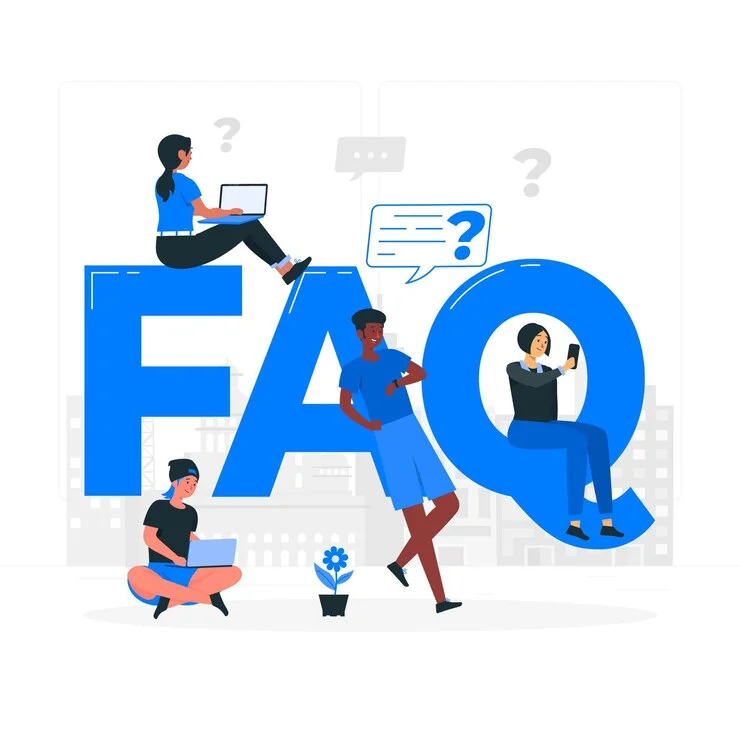
How do bidirectional languages impact translation practices?
Bidirectional text present unique challenges in translation due to their alternating text directionality, requiring specialized handling to ensure accurate interpretation and typesetting.
What are some common challenges in translating bidirectional languages?
Translating bidirectional text involves navigating complex syntactical structures, grammatical rules, and cultural nuances, which may pose challenges for both automated and human translation processes.
How does VM Language Access ensure accurate translation of bidirectional languages?
VM Language Access employs a team of skilled linguists and utilizes advanced translation technologies to deliver accurate and culturally sensitive translations of RTL languages, ensuring quality and precision in every project. Click here to read what our clients say.
Can machine translation accurately handle bidirectional languages?
While machine translation tools have improved significantly, they may still encounter challenges in accurately translating bidirectional languages, particularly in capturing nuanced cultural and contextual meanings.
What role does cultural understanding play in translating bidirectional languages?
Cultural understanding is paramount in translating bidirectional languages, as it enables linguists to convey the intended meaning effectively while respecting cultural sensitivities and contextual nuances inherent to each language.
How can businesses benefit from bidirectional language services?
Businesses can benefit from bidirectional language services by expanding their global reach, fostering cross-cultural communication, and effectively engaging with diverse audiences, thereby gaining a competitive edge in the global marketplace.
Embracing the Future of Multilingual Communication
As global interconnectedness continues to expand, the demand for bidirectional language services will only intensify. By leveraging the expertise of language professionals and innovative technologies, businesses and organizations can overcome linguistic barriers and foster meaningful connections in a bidirectional world.
Key Takeaways
- Bidirectional languages, such as Arabic and Hebrew, feature text flowing from right to left (RTL) and left to right (LTR) within the same document, presenting unique challenges in translation and typesetting.
- Effective translation of bidirectional languages is crucial for enhancing cross-cultural communication and enabling accurate interpretations across linguistic barriers.
- Challenges in translating bidirectional languages include navigating complex syntactical structures, grammatical rules, and cultural nuances, requiring a combination of advanced translation tools and human expertise.
- VM Language Access offers comprehensive language services tailored to the unique needs of clients, leveraging a team of skilled linguists and advanced translation technologies to ensure accurate and culturally sensitive translations.
- Cultural understanding plays a pivotal role in translating bidirectional languages, enabling linguists to convey the intended meaning effectively while respecting cultural sensitivities and contextual nuances.
- Businesses can benefit from bidirectional language services by expanding their global reach, fostering cross-cultural communication, and effectively engaging with diverse audiences in the global marketplace.
These key takeaways succinctly summarize the main points of the article, providing readers with actionable insights and highlighting the significance of bidirectional languages in translation practices.

